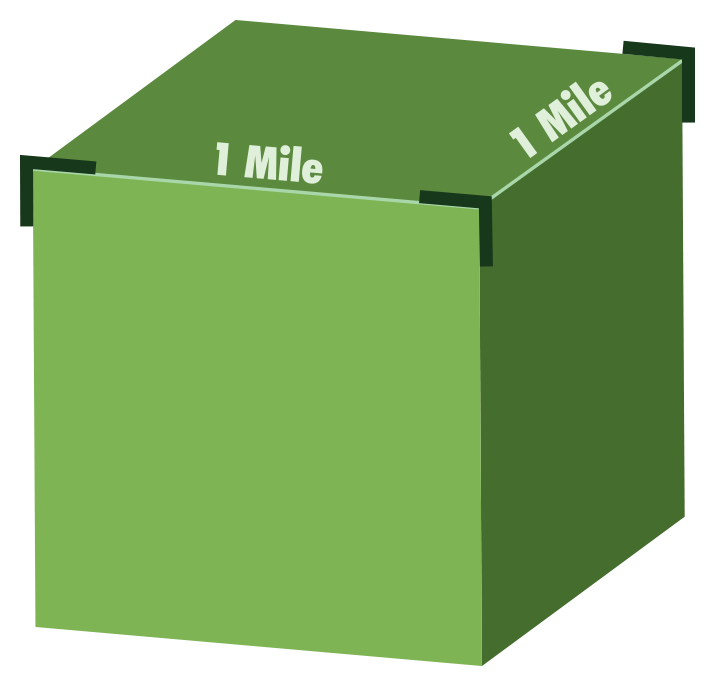Where petroleum and natural gas are found:
- The region where sedimentary rocks accumulated is named the Williston Basin.
- The Williston Basin covers much of western North Dakota; also parts of South Dakota, Montana, Saskatchewan, and Manitoba. (Saskatchewan and Manitoba are provinces in Canada.)
- The Williston Basin contains an enormous quantity of petroleum and natural gas.
- The deepest part of the basin is near the city of Watford City.
- The Williston Basin contains the Bakken Formation.The Bakken Formation is a layering of rocks containing oil that is located deep under the surface of the Williston Basin (about 10,000 feet below the surface).
- The Bakken Formation was named after Henry Bakken, a farmer who had an oil well drilled on his land. Stratigraphic Column NDGS: Inspect the North Dakota Stratigraphic Column and see if you can find where the Bakken Formation is. Graphic courtesy of the North Dakota Geological Survey.
- The Bakken formation occupies about 145,000 square miles of the subsurface (under the surface) of the Williston Basin.
- The Bakken Formation was named after Henry Bakken, a farmer who had an oil well drilled on his land. Stratigraphic Column NDGS: Inspect the North Dakota Stratigraphic Column and see if you can find where the Bakken Formation is. Graphic courtesy of the North Dakota Geological Survey.
- The Williston Basin covers much of western North Dakota; also parts of South Dakota, Montana, Saskatchewan, and Manitoba. (Saskatchewan and Manitoba are provinces in Canada.)
Cubic Mile
- A square mile is a square of land that measures one mile on each side. One square mile equals 640 acres.An acre (AY-ker) is an area of land about the size of a football field. So how can we picture the size of the Bakken? Since it occupies about 145,000 square miles, we can multiply that number by 640 to get the number of acres it occupies (145,000 x 640 = 92,800,000). The length and width of the Bakken is about the same size as 93 million football fields.
- The part of the Bakken in western North Dakota that currently produces oil underlies about 12,000 square miles (12,000 x 640 = 7,680,000 acres). The North Dakota Bakken is almost the size of 8 million football fields.



